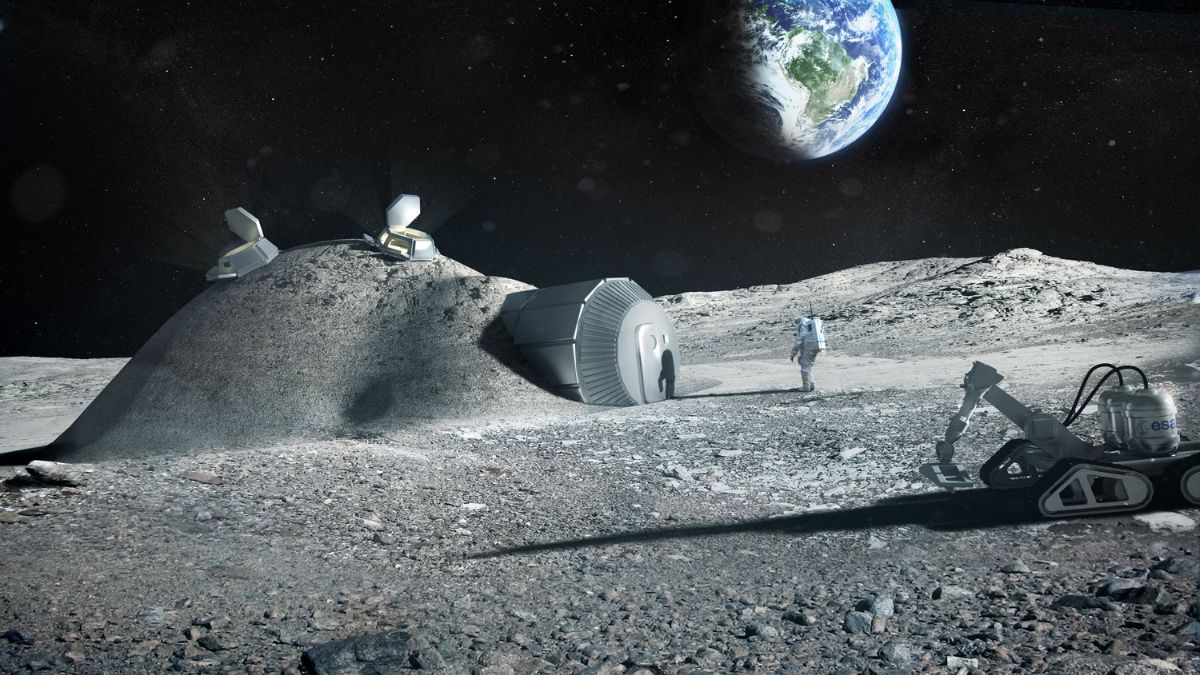Imagine a road that melts snow, lights up lanes, charges electric cars, and generates clean energy—all while being driven on. That’s the vision behind Solar Roadways, a U.S. startup that wants to cover roads in smart, solar-powered panels. And now, Route 66 in Missouri might become the world’s first solar-powered highway—if a pilot project at a Missouri Welcome Center proves successful.
Project
The Missouri Department of Transportation (MoDOT) is teaming up with Solar Roadways, a startup founded by Scott and Julie Brusaw in Idaho. Their goal is to turn ordinary roads into energy-generating superstructures.
The pilot project has already started at the Missouri Welcome Center in Conway. If it performs well, the dream is to expand solar panels across the entire stretch of Route 66 in the state. MoDOT engineer Tom Blair is leading the initiative and believes that if the panel performance matches the claims, the project could pay for itself over time.
Solar Roadways
Founded in 2010, Solar Roadways aims to rethink how we use roads. Their unique hexagonal solar panels go far beyond just collecting solar energy. These smart panels are designed to:
- Melt snow and ice with built-in heating
- Use LED lighting to replace painted road stripes
- Filter rainwater
- Generate enough energy to potentially supply three times the current U.S. demand
- Act as electric vehicle charging stations—and maybe even allow charging while driving in the future
That’s not just a road. That’s a power plant under your wheels.
Cost
The challenge? Money.
Covering just Route 66 in Missouri would require a multi-billion-dollar investment, even with recent drops in solar panel prices. The upfront cost is high—not only to install the panels but to maintain them over time. Critics wonder: is this really a smart use of public money?
But supporters like Tom Blair argue that these high-tech panels could eventually pay for themselves. Not only do they generate clean energy, but they also reduce the need for snow plowing, road painting, and overhead power lines.
Features
Here’s a breakdown of what Solar Roadways panels aim to offer:
| Feature | Description |
|---|---|
| Snow/Ice Melting | Heats up to clear roads automatically |
| LED Road Markings | Built-in lights replace traditional paint |
| Rainwater Filtering | Helps manage runoff and reduce flooding risks |
| Energy Generation | Feeds clean power into the grid |
| EV Charging Capability | Could power electric vehicles, possibly while in motion |
These benefits make the panels more than just energy sources—they become a full transportation and power infrastructure in one.
Competition
France has already tested similar technology. In 2016, the French firm Colas introduced Wattway, a solar road panel, on a 1-kilometer stretch (0.62 miles) at a cost of $5.2 million. Although the results have been mixed, the French government is still exploring ways to expand the tech.
Meanwhile, Colas is now competing in the U.S. market too. The State of Georgia has already chosen Wattway to be installed on part of Interstate 85, showing that this isn’t just a dream—it’s starting to happen.
Future
The pilot in Missouri is just the beginning. If it proves successful, it could change how we build and power roads in the future—not just in Missouri, but nationwide.
Sure, it’s expensive. Sure, there are challenges. But turning roads into clean energy sources? That could be a powerful step toward sustainability and smarter cities. The road to the future might literally be paved with solar panels.
FAQs
What is Solar Roadways?
A startup creating solar-powered road panels that generate energy.
Where is the pilot project located?
At the Missouri Welcome Center in Conway.
What features do the panels offer?
Snow melting, LED lights, EV charging, and energy production.
Is the project expensive?
Yes, it could cost billions if fully implemented on Route 66.
Has any other country tried this?
Yes, France installed Wattway panels in 2016 on a 1km road.























